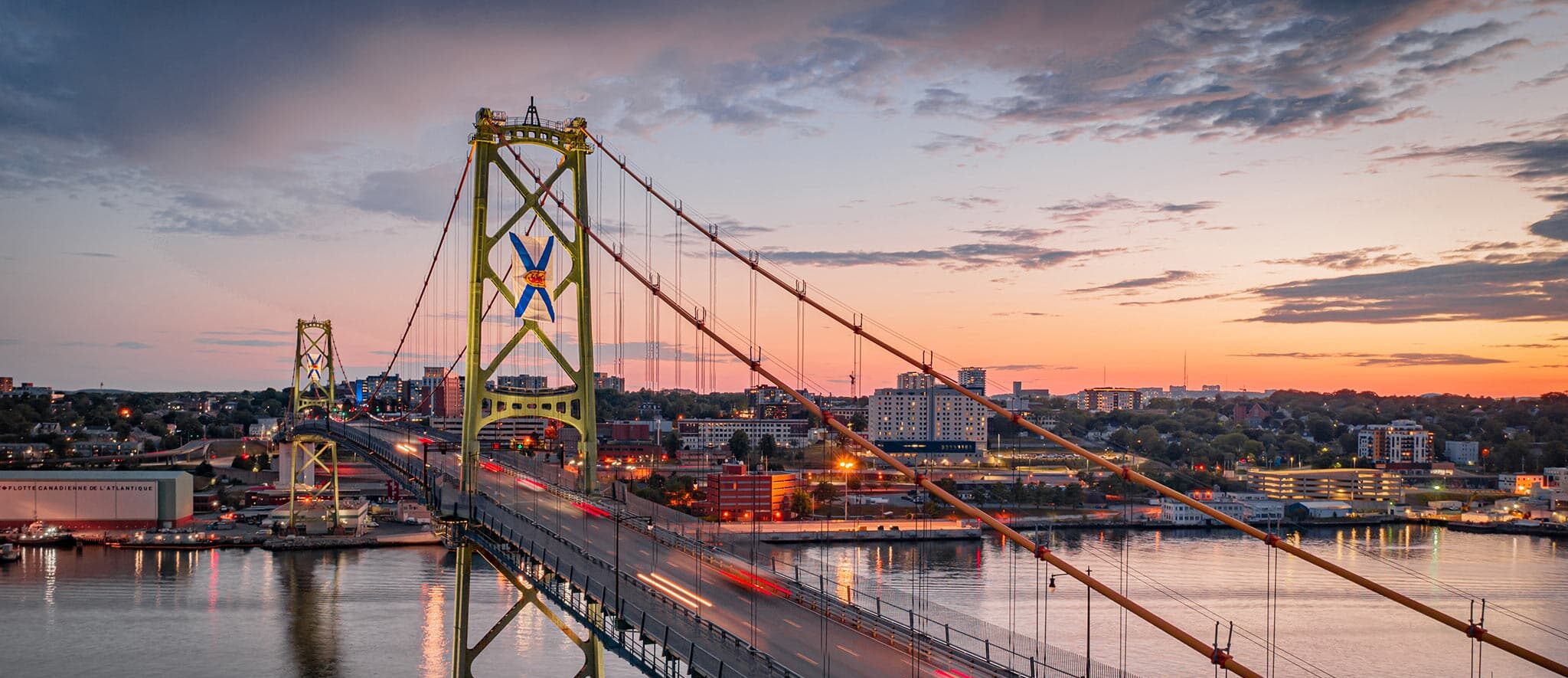Explained: Why are the bridges closed so frequently?
September 12, 2024
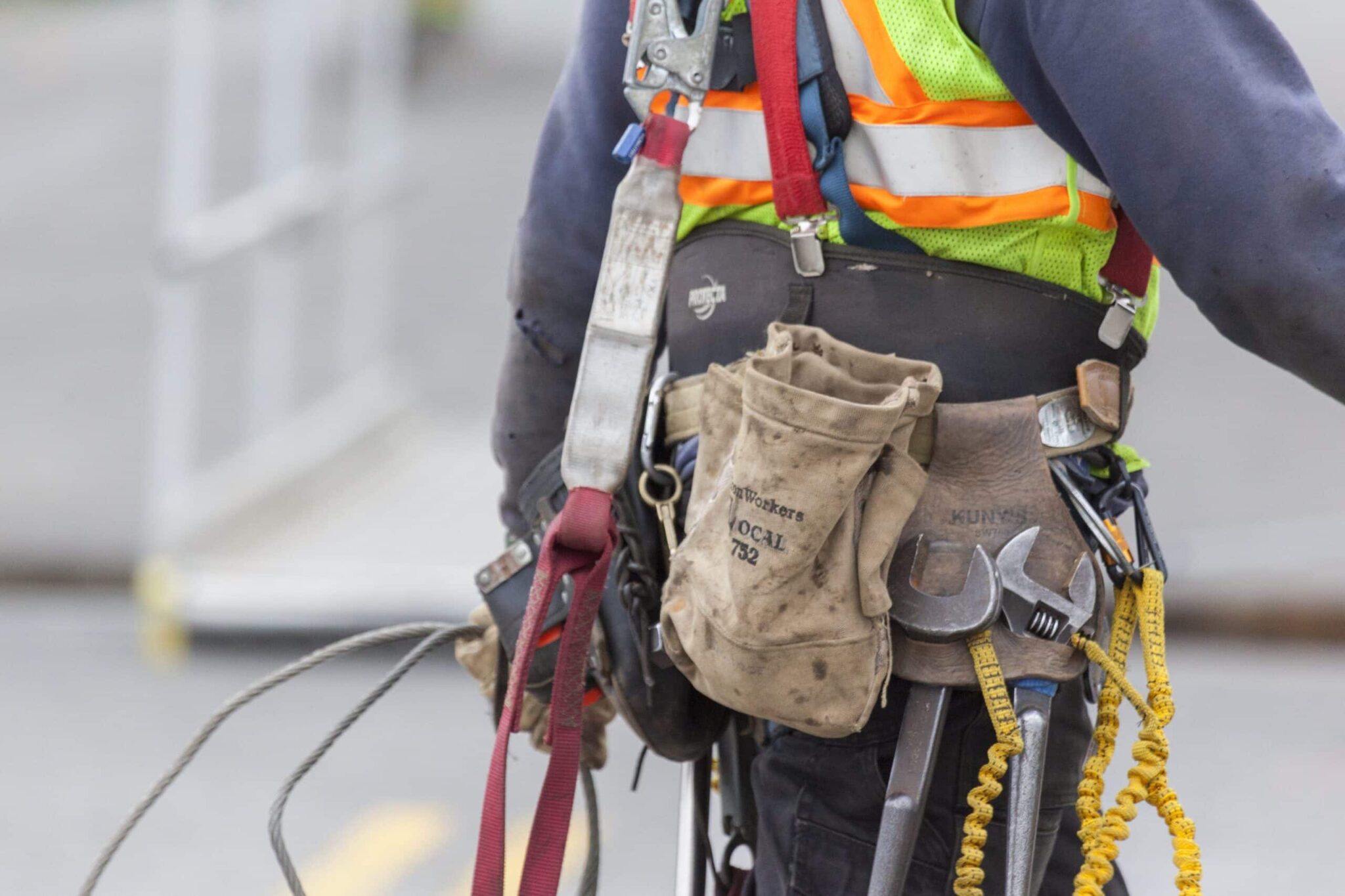
Every year, Halifax Harbour Bridges faces the challenge of scheduling critical maintenance and inspection projects on the only cross-harbour routes for vehicles, which also happen to be two of the busiest traffic corridors in the province.
And with that schedule come the inevitable questions:
- Why do you have to close the A. Murray MacKay Bridge or Angus L. Macdonald Bridge for a full weekend?
- There is an event going on that weekend. Why pick that date to close the bridge?
- Why don’t you just do all the work at night?
We understand why these questions arise, and they highlight the important considerations we take into account every time we make a decision to close a bridge. It’s a balancing act between the need to carry out crucial work safely and efficiently and the desire to minimize disruptions to our community.
More than 100,000 vehicles cross the bridges daily. A bridge closure for any amount of time disrupts traffic throughout Halifax Regional Municipality. That’s tough on drivers and passengers who rely on the bridges to get to their destinations as quickly and as safely as possible. It’s also tough on businesses which rely on the bridges for the arrival of their employees, the transport of their goods, and to bring customers to their doors.
Yet the reality is the bridges are aging structures that require more work than before to maintain.
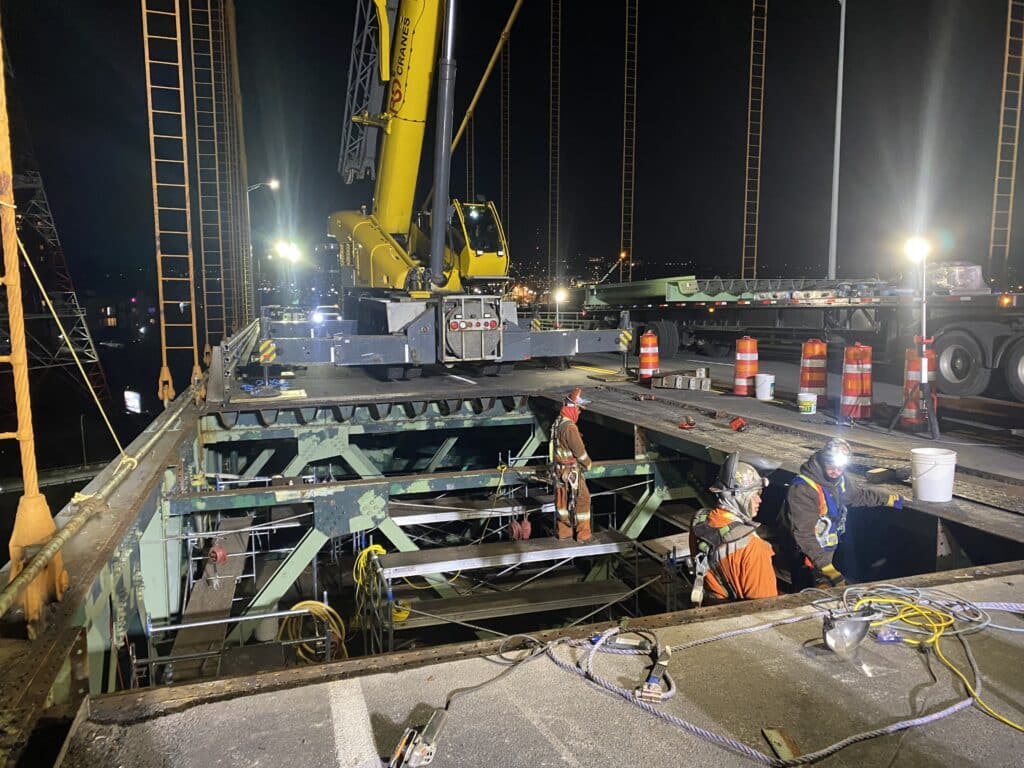
Some of that significant work can be done relatively quickly or split into smaller projects that are scheduled over shorter periods of time.
Routinely, it is carried out through single- or double-lane closures scheduled during off-peak travel times. Crews commonly work overnight while most bridge users sleep. They also carry out those kinds of projects during the few hours between morning and afternoon rush hours when most bridge users have already reached their destinations. Either way, traffic delays are minimized or avoided altogether.
But some of the work takes extended, uninterrupted periods to be done properly. Complex projects may require more space to accommodate crew and equipment or is work that must be finished once it begins, such as setting concrete, because it can’t be split up into smaller tasks or shorter time periods.
Additionally, there are certain tasks that simply can’t be done when other vehicles are whizzing by. There is just too much risk of injury to both crews and bridge users and damage to those vehicles.
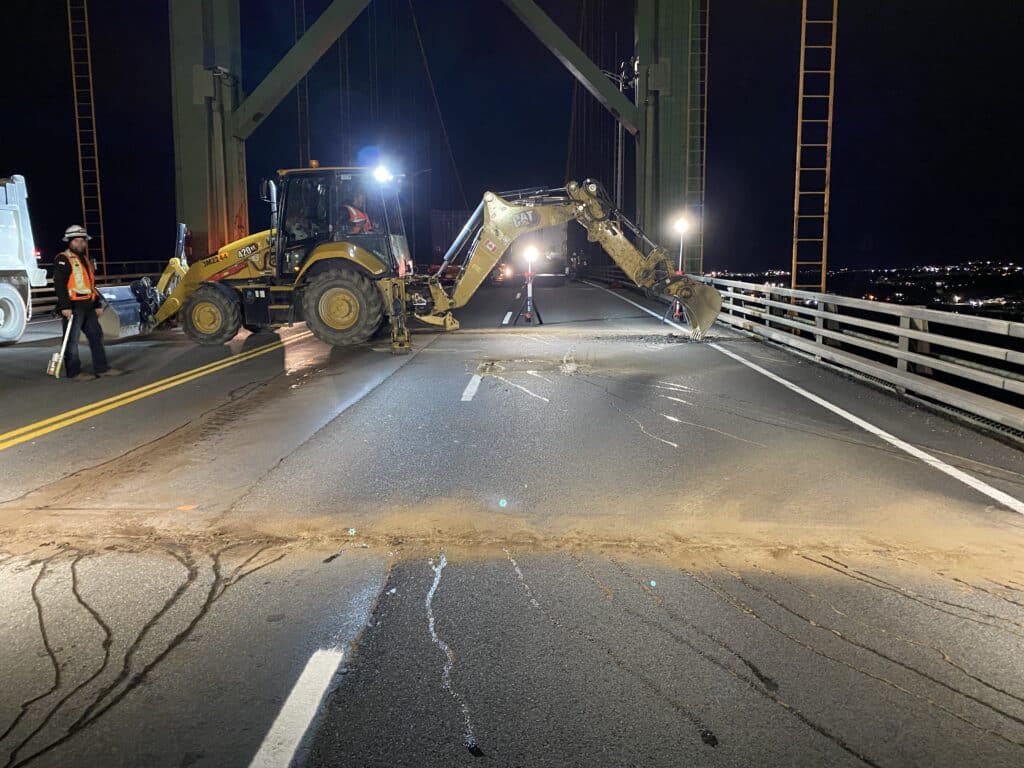
Just like other road construction projects, much of the work is most effectively done during our short summer season, but HHB does not plan closures during holidays like Canada Day. In consultation with others in our community, HHB tries to avoid other special events. And HHB chooses full closures on weekends, rather than closing between Monday and Friday, to lessen the impact to the travelling public. About 40,000 fewer vehicles travel the bridges on a weekend day than any other day in the week.
Once a full closure is deemed necessary, HHB strives to make the most of it. Crews plan work round-the-clock from Friday night (after the busy rush-hour commute ends) until Monday morning (before the morning commute begins), and HHB adds other projects to the same weekend. While each of those extra projects wouldn’t require an extended closure, getting them done while the bridge is closed anyway is a bonus, lessening the need for partial closures later on.
As the season progresses, HHB evaluates how the work is going. Out-of-our-control circumstances, such as rain or wind, may cause postponements. Given the relatively short season, the need to complete the projects, and other factors such as worker and material availability, there may be few options for rescheduling dates.
When closures are scheduled or altered, HHB aims to give as much advance notice as possible to allow everyone to plan ahead. We provide notice to local media, post to our website and social media, and announce closures on signs in the bridge areas. We suggest you allow extra time to reach your destination, change your travel routes, avoid peak-travel times and use alternate transportation, such as a bus or ferry, if possible. The Macdonald Bridge pedestrian and bicycle lanes may be an option.
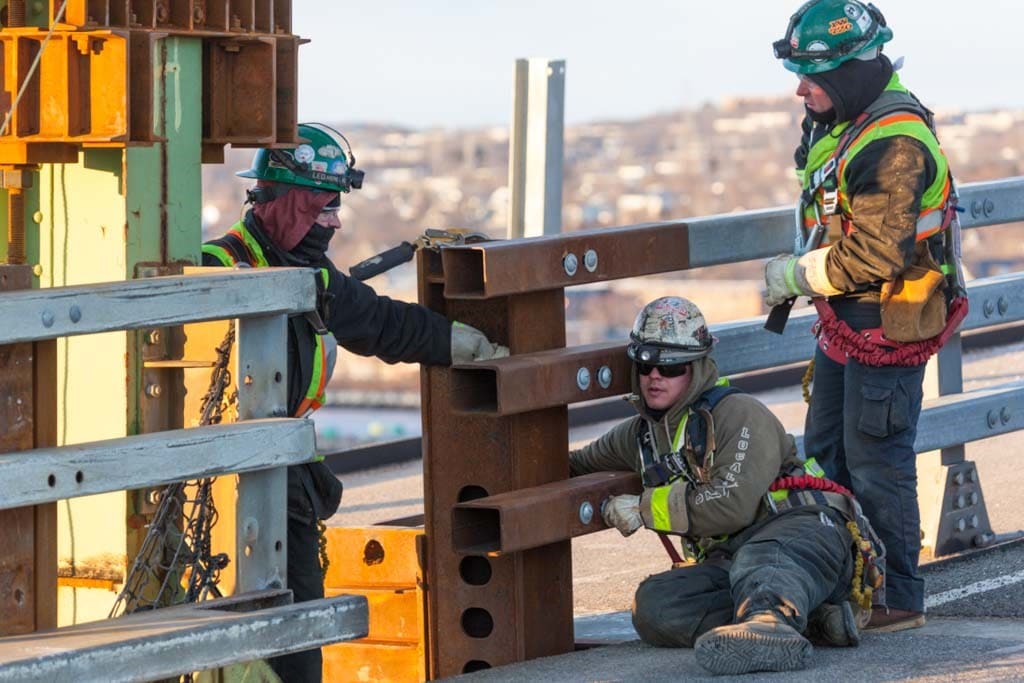
To keep informed, you can also download the free MACPASS app or visit our website halifaxharbourbridges.ca for real-time information about bridge traffic.


